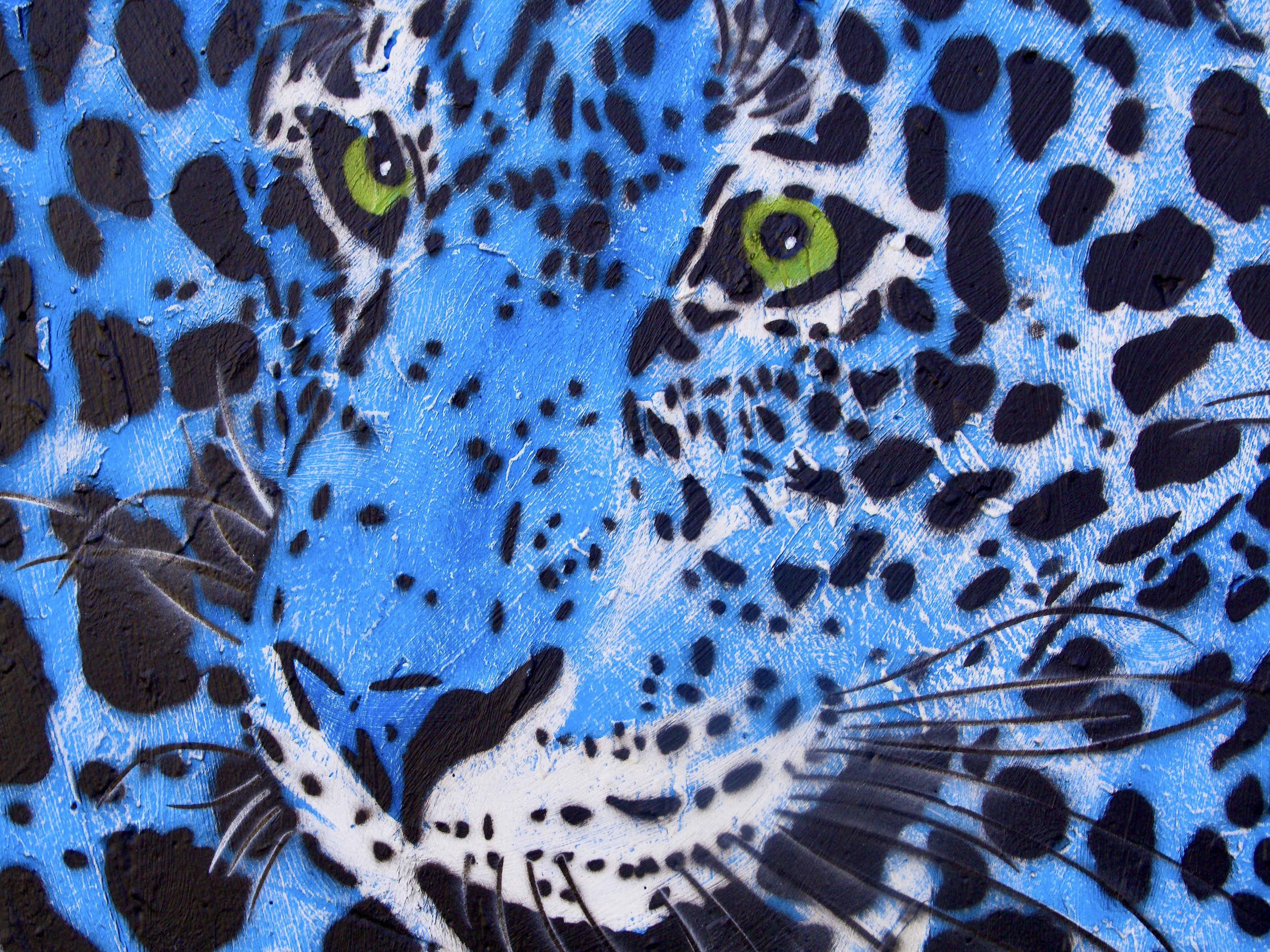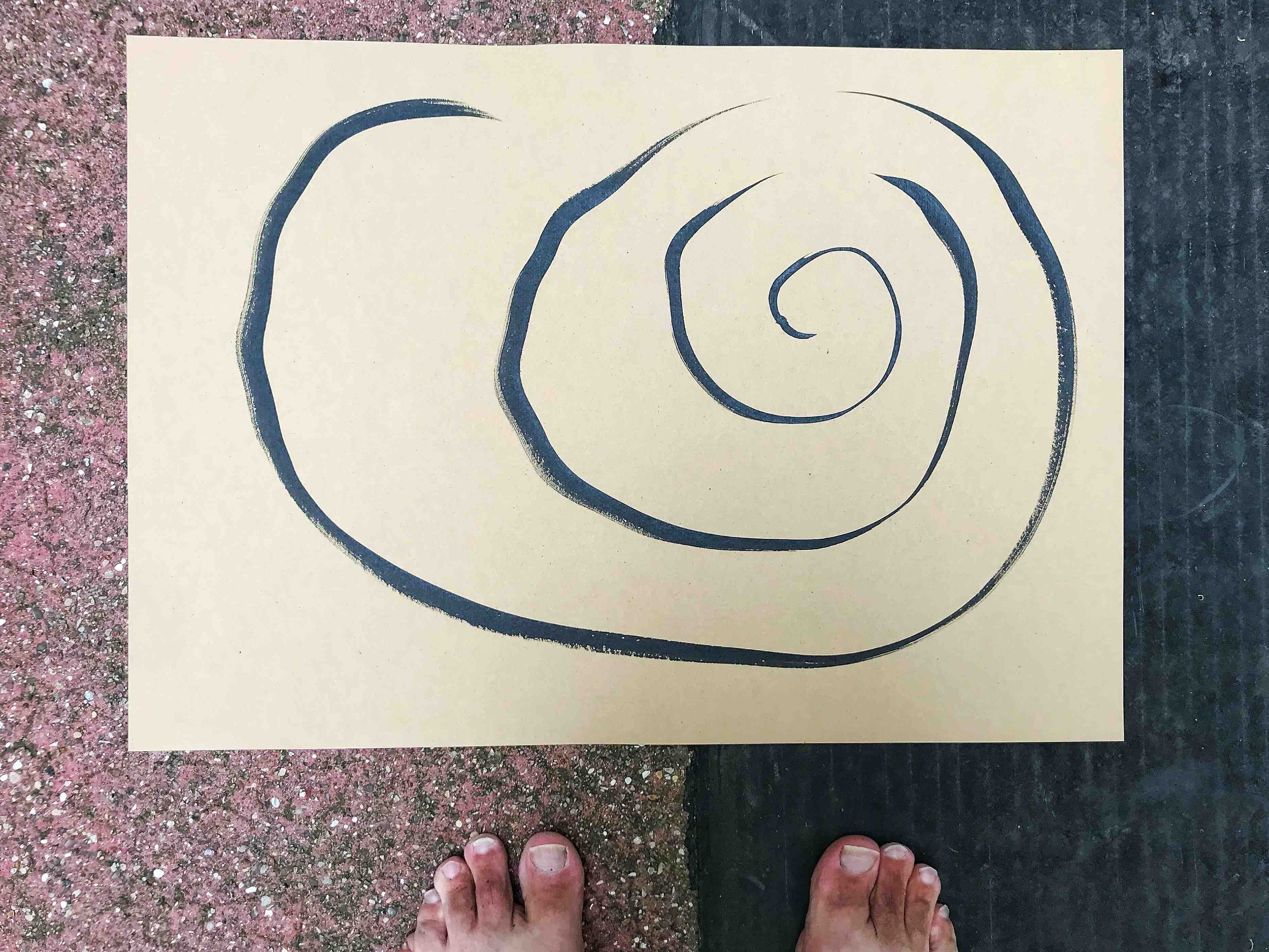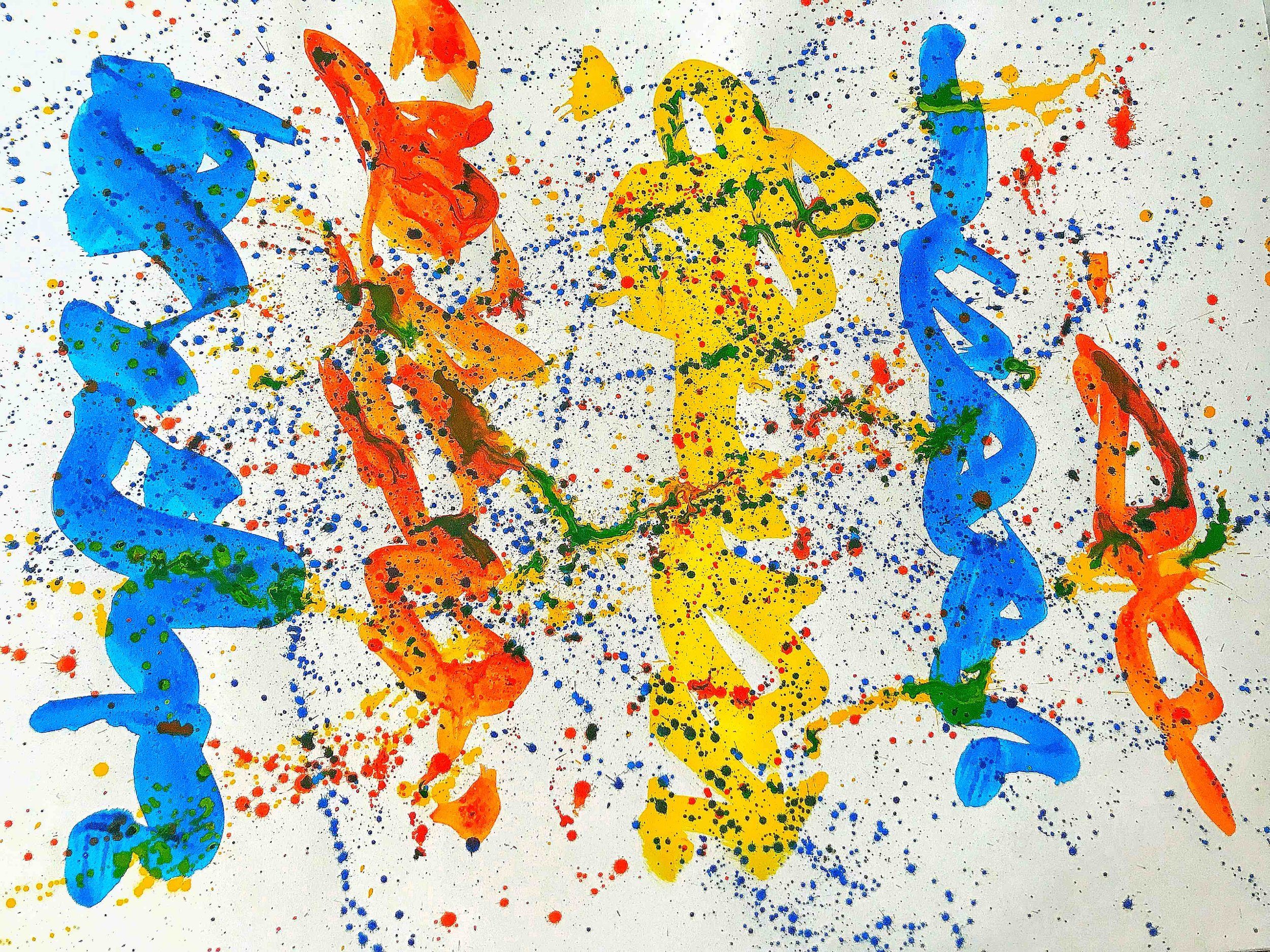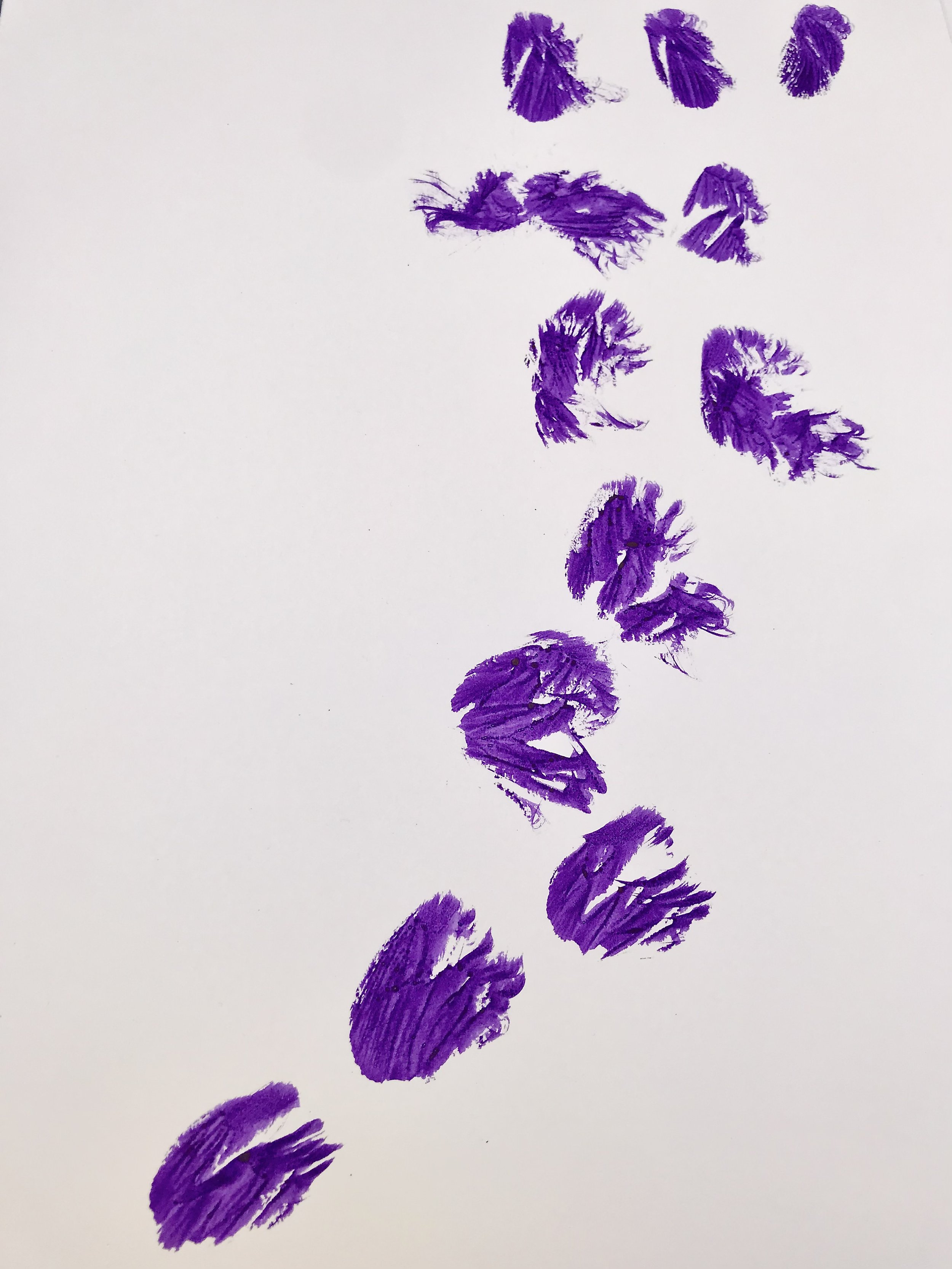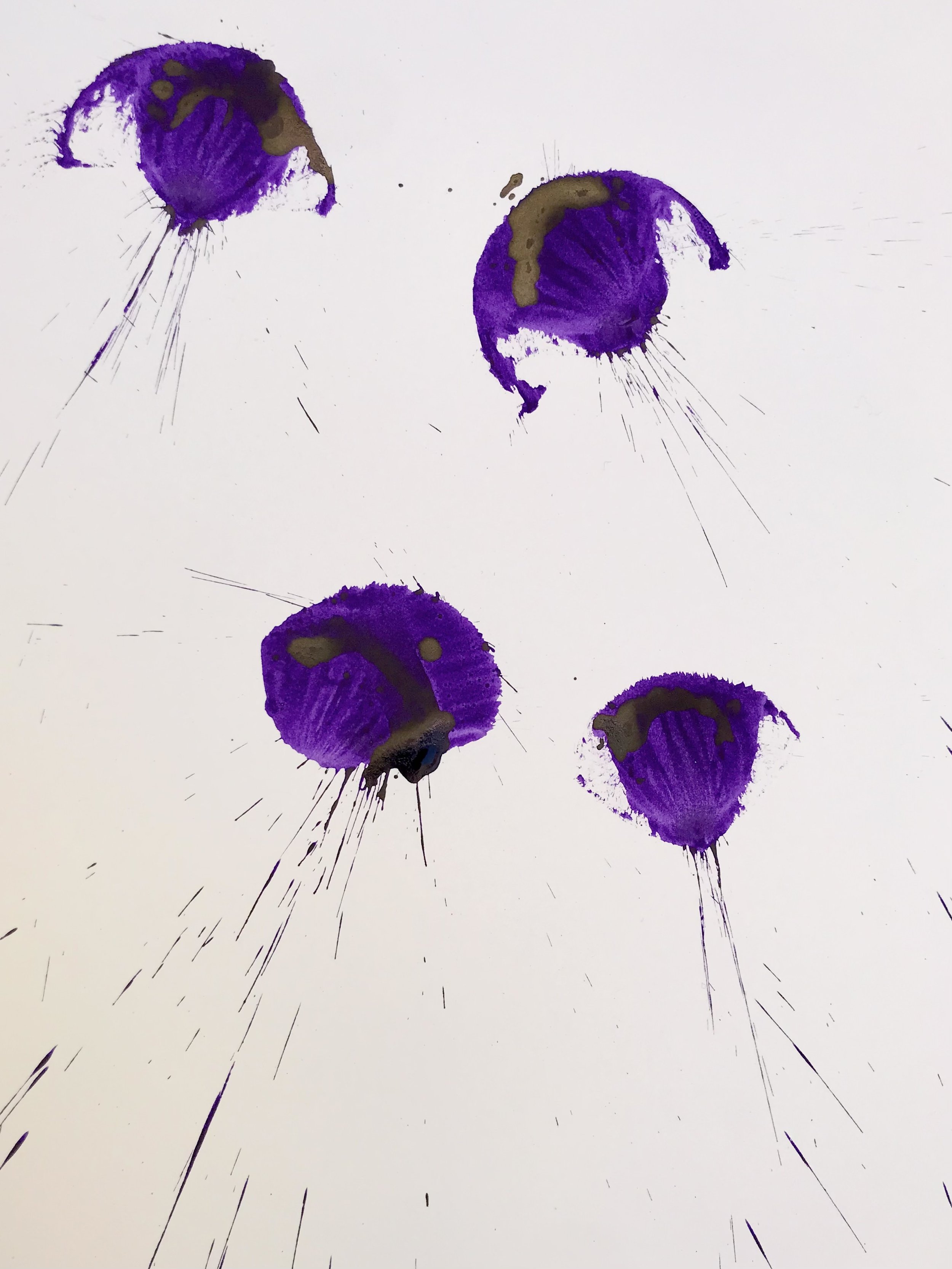And then we quacked. And the quacking was good.
Recently I led one of my Musician@Work weekend sessions in Paris. Five participants, three of them professionally trained musicians, two very experienced amateurs, everyone talented, intelligent, alert, and friendly. And everyone human: full of contradictions and paradoxes, with the potential of becoming pretzels of twisty emotions.
On the surface, the work session was about making music. In reality, it was about being human, and about sharing our contradictions and paradoxes in the form of sounds made and sounds heard. You know: un-pretzeling ourselves, solving our contradictions and embracing our paradoxes.
Let’s use that old and useful tool, the four-element list. Today’s choice of words:
Conception, Perception, Intention, Action.
The act or action of making music, playing an instrument, singing, studying a score, performing in front of a friend or in front of a crowd of strangers seems to be the most important thing. It’s immediate and real; it’s happening right now; I’m playing, singing, talking, writing, I’m doing something; I act, therefore I am.
But the action is only a sort of outward manifestation, subject to forces and impulses that hide deeply behind the action itself.
Our minds carry dozens, hundreds, and thousands of concepts. We have our own definitions of what is right and wrong, what is good and bad, what is central and what is peripheral. Our manners, for instance: for some people it’s right and good to air-kiss the cheeks of friends, for other people it’s taboo, ugly, perverted, and criminal: it’s sexual harassment, and you know it! The air-kiss is a relatively banal example. Conception shapes our aesthetics, our careers, our family life, our lives. If you want to change your actions, you have no choice but to go dig into the conceptions that animate your actions.
Look at something for two seconds; look at it for two minutes; look at it for ten minutes: your perception of this one thing will change. Look at something when you’re hungry, look at it in the dark, look at it when your son is throwing a tantrum. Again, that one thing will be highly variable in your perception. Two people are standing next to each other, watching the sunset. They see two different suns, two different skies, two different marvels. Perception, in other words, is subjective and flexible. You might be sure, sure, SURE that your best friend has blue eyes, until one day you realize that her eyes are green. Years, decades, and you hadn’t actually seen her eyes.
Conception determines a lot about your perceptions. Conception is a database of right and wrong, good and bad, should and shouldn’t, believe and disbelieve. It means that you can hate or dismiss something even before you see or hear it. Conception might make you blind and deaf.
You play something for your friends, let’s say half a page of a piece by Johann Sebastian Bach. What is your intention? The possibilities are endless. To share, to give, to impose; to be liked by the friend, or to annoy the friend; to honor Bach (the deity of structure and knowledge) or to play with Bach (the deity of invention and pleasure); to make yourself seen and heard, or to disappear into the music itself; to bitterly obey a long-dead parent who insisted that you play when you didn’t want to, or to joyfully disobey the long-dead parent who really wanted you to be a doctor or engineer, not a barefoot musician without a retirement plan; to play beautifully or to play skillfully; to be good, to be better, to be best . . . there are so many possible intentions. And these intentions, in collaboration with your conceptions and perceptions, definitely and absolutely and visibly and audibly shape your actions.
That’s why we quacked.
Early in the workshop we tried to do a little exercise in which our conceptions, perceptions, and intentions conspired against us. It was simple: sing a drone; sustain, as a group, a single unchanging pitch. We were too serious, too tentative, too judgmental, too awkward, too concerned, too invested in doing something elevated, something good, something good! But us humans, with our wonderful contradictions and paradoxes, we can also decide to suddenly change our intentions and conceptions.
We carry, by birth, a feral dimension, spontaneous and free from judgment, a lively energy plentifully demonstrated by babies and children and screaming toddlers, by sports fanatics at a bar watching a match on a big TV screen, by clowns with no fear of ridicule. Simplifying it, we’re able to behave “primordially.” In Paris, after we caught ourselves being timid and critical of ourselves, we decided to become fowl and foul, and we performed, collectively and for our pleasure and delight, a sonata of quacks, a sextet of cock-a-doodles, a symphony of silliness. Our intention to be admirable good boys and girls was overwhelmed by the crescendo poco a poco sempre of screeches, squeaks, clucks, and cha-caws. Then we did a decrescendo poco a poco sempre of these bestial impulses, and we settled into a sweet and sonorous drone, and we took turns singing beautiful melismatic improvisations in tune with the drone. We had arrived at a new conception of good and bad, together with new perceptions and intentions. And we acted as never before.
The quacks had birthed Kyrie Eleison, and the rest of the weekend in Paris was divine.
©2024, Pedro de Alcantara


